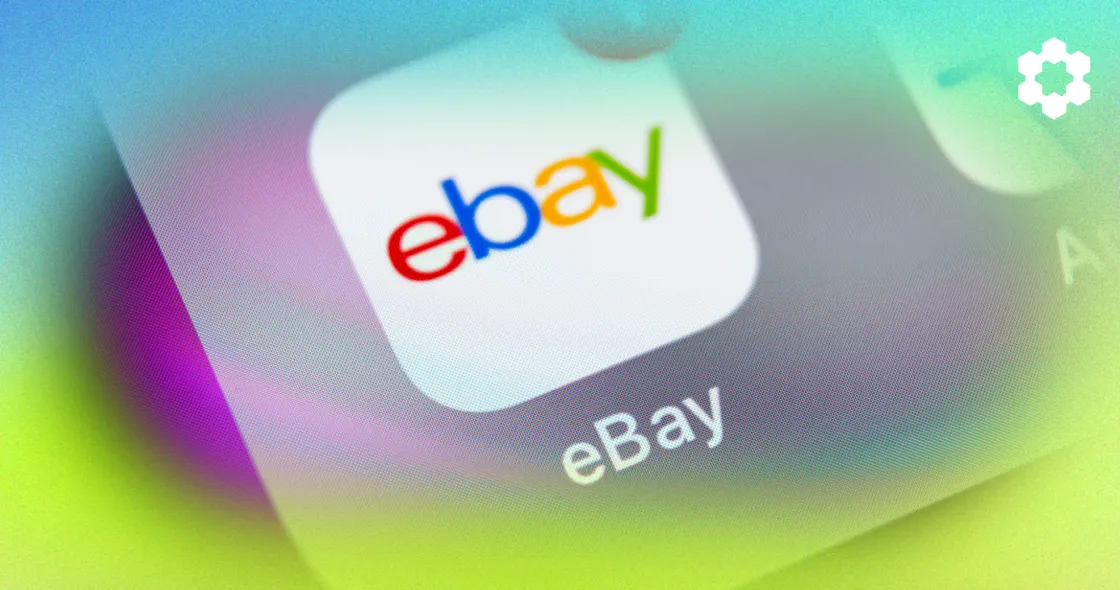Measuring Marketing ROI and understanding B2B marketing benchmarks are some of the biggest challenges we’ve heard from marketers looking to setup marketing goals and optimize budgets.
For example, do you know how much every dollar you spend in marketing brings back in return? Or what the average CPA (cost per action) is for your B2B Facebook Ads when setting your ad budgets?
To help you create more effective B2B marketing KPIs, and see how your marketing metrics stack against others in the B2B industry, we’ve gathered a list of key marketing benchmarks across top B2B channels.
Where possible, we’ve highlighted B2B ROI metrics 📊. So if it’s your first time trying out a new channel without historical data, you’ll have better guidelines for setting up realistic KPIs and ensuring you’re not burning through your investments.

Below you’ll find:
- 💰 A refresher on what is marketing ROI
- 📊 B2B Marketing benchmarks by channel
- 💥 An attribution tool for tracking ROI
What is Marketing ROI?
In simple terms, your marketing ROI (Return on Investment) tells you how much revenue you made compared to how much marketing budget you spent.
For example, Neil Patel has seen a 13.11x ROI on Google Ads. This means for every $1 he spends on Google Ads, he gets $13.11 back in revenue.
The most basic formula used for calculating marketing ROI is:
How it’s calculated varies business to business, since returns can be tracked using different metrics, such as: Total Revenue, Gross Profit, Net Profit, or Customer Lifetime Value.
To more accurately calculate ROI for your business, it’s also good idea to include all your costs. From tools & outsourcing, overhead costs, operating expenses, to any other associated costs. Your ROI formula would then be similar to this:
As you start to test and determine your marketing benchmarks across paid and non-paid channels, it’s important to know which channels are actually generating positive ROI.
This is where having an attribution model comes in for the save. It lets you automatically identify which acquisition channels led to conversions, track ROI across any channel, and see which ones are most effective – more on this at the end 😉.
B2B Marketing ROI Benchmarks By Channel
We’ll breakdown the average marketing metrics for 3 major B2B acquisition channels: Online Advertising (Facebook Ads & Google Ads), Email Marketing, and Content Marketing (blogs & webinars).
All 3 are part of the top channels in a CMI study on how B2B Marketers distribute their content:
When it comes to ads benchmarks, remember to use the following figures as a guidance 📖. The success of an ad can vary greatly based on multiple factors, such as your ad copy, creative, targeting, and placements.
So as with all marketing efforts, it’s always best to setup your own A/B tests so you have a baseline to compare and optimize against 💪.
1. Online Advertising
Facebook Ads ROI Benchmarks
For B2B Ads focused on the bottom of the marketing funnel, we’ll recap average industry metrics for Website Conversion ads.
Data sources: WordStream (2017), AdEspresso (2019), AdStage (2018).
- CTR: Average click-through rate for B2B Facebook Ads is 0.78% (2017) compared to 1.44% across all industries (2018).
- CPC: Average cost per click for B2B Facebook Ads is $2.52 (2017) compared to $0.55 (2019) across all industries.
- CVR: Average conversion rate for B2B Facebook Ads is 10.63% (2017) compared to 9.21% across all industries (2017).
- CPA: Average cost per action for B2B Facebook Ads is $23.77 (2017) compared to $18.68 across all industries (2017).
Google Ads Benchmarks
Google has 4 major networks: Search 🔎, Display 📜, Shopping, and Video 📺. We’ll focus on average metrics for PPC Ads on Search, as it’s the most long standing one used with success.
Data sources: WordStream (report from January 2018 using 14.2K of their US clients across industries, who were advertising on Google’s Search networks). Google Economic Impact (report with industry ROI).
- CTR: Average click-through rate for B2B Search Ads is 2.41% compared to 3.17% across all industries.
- CPC: Average cost per click for B2B Search Ads is $3.33 compared to $2.69 across all industries.
- CVR: Average conversion rate for B2B Search Ads is 3.04% compared to 3.75% across all industries.
- CPA: Average cost per action for B2B Search Ads is $116.13 compared to $48.96 across all industries.
- ROI: Average ROI for Google Search Ads is 2x. This means businesses typically see $2 in revenue for every $1 they spend.
Note: conversion rate (CVR) and cost per action (CPA) aren’t standardized, as you can setup any conversion event (e.g. signup) and action (e.g. subscribe), though CPA is typically defined as cost per acquiring a new customer. So again, use these as guiding numbers 👨🏫.
2. Email Marketing Benchmarks
Email marketing continues to be one of the most effective B2B strategies, with 87% of B2B content marketers using email to educate and nurture their audience 💌.
We’ll focus on email benchmarks for 1st party lists (e.g. lists you’ve gotten through your own lead generation campaigns or customers who signed up), but have included a few stats and tips for cold emails.
Just like with ads, keep in mind that email metrics will vary widely based on your goals (acquisition, product usage, etc.) as well as the subject line, content, CTA, audience, and links included 📊.
Data sources: Mailchimp, Campaign Monitor, Instapage, Clearbit
- Open rate: Average open rate for B2B SaaS emails is 19.81% compared to 20.81% across all industries.
- CTR: Average click-through rate for B2B SaaS emails is 2.05% compared to 2.43% across all industries.
- Unsubscribe rate: Average unsubscribe rate for B2B SaaS emails is 0.35%. Unsubscribe rates vary by company size, for example, it’s 0.23% across all industries for companies with 11-25 employees.
- ROI: When emails are personalized, they can result in an average ROI of 122%.
- Response rates: Average response rates for cold emails are 1%.
🔥 Pro tips:
- Personalize your emails where possible in the subject line and email body (first name, company name, tailoring the benefits by industry and company size, etc.).
- B2B email templates: View some high converting cold emails from Hubspot and personalized emails from Close.
3. Content Marketing
Content Marketing Institute found that 91% of marketers use content marketing to attract and retain audiences, and drive profitable actions. We’ll take a look at 2 channels our B2B customers invest in most: blogs and webinars.
Blog Benchmarks
Over 55% of marketers prioritize blog content as their top inbound strategy (ourselves included!). Companies like Drift make this one of their biggest investments, and have grown their blog from 200 to 27,000 visitors in only 8 months 🚀.
A blog can fit in any part of a visitor’s journey, from discovering your business to converting. And the best part is that your articles have long lasting value 💎, some of our highest traffic comes from blog posts we published over a year ago.
Data sources: Hubspot, Drift, Codeless, Hinge, Proof
- Number of times to blog per month: B2B businesses that blog at least 11 times per month see 3x more traffic than those blogging 0-1 times per month.
- Average blog post length: 1,050 words.
- Average session duration: Aim for an average session duration of at least 2 minutes.
- Average bounce rates: Aim to keep average bounce rates lower than 60%.
- Impact of blogging on leads: B2B businesses that blog at least 11 times per month see 1.75x more leads than those with 6-10 blog posts per month, and 3.75x more leads than those with up to 3 blog posts per month.
- Conversion rates (overall website): For SaaS businesses who offer a free trial (no credit card), average website conversion rates for visitors who signup are 8-10%.
🔥 Pro tips:
- Quality over quantity: blogging often in theory can get you more traffic and leads, but always focus on quality first. Drift did a review of 200+ blog posts they published, and discovered 76% of all blog traffic came from only 20% of their posts (40 posts).
- Track your blog traffic metrics using Google Analytics.
Webinar Benchmarks
Just like their cousin emails who’ve been around for a long time, webinars still prove effective in the B2B world. 73% of B2B marketers and sales leaders say webinars are the best way to generate high-quality leads 👥.
Data sources: Livestorm, GoToMeeting, ON24, Neil Patel
- Email drives 57% of webinar registrations.
- Registration to attendee rate: Average attendance rates for B2B webinars are 46% (same as overall industry).
- Attendee to lead conversion rate: Average conversion rates for webinars in the industry are 2-3%.
🔥 Pro tips:
- Tuesday seems to be unanimous as the best day to send invites to a webinar.
- Wednesday and Thursday are the best days to host a webinar across multiple sources.
- In North America, 10am & 11am PST are the optimal times to run a webinar.
Tools to Track Marketing ROI for B2B
As you can imagine, each marketing channel and ads platform has different metrics available. Which can lead to scattered and non-standardized data, and result in a lot messy and manual work to calculate your returns.
That’s why we launched Smart Attribution to help you connect, automate, and make sense of all your marketing data 🎉. You can:
- 🔥 Measure ROI across ad platforms (Facebook & Google) and non-paid channels.
- Identify every visitor touchpoint that led to a conversion.
- 👆 Understand how each channel fits into different stages of your customer journeys, from learning about your business to becoming a customer. Compare first touch, multi-touch, and last touch attribution models.
To get started:
- 💥 Sign up for a free account
Wrapping Up on Average Marketing ROI Benchmarks
In the end, there’s no right answer when it comes down to understanding what a good Marketing ROI is.
It all depends on your marketing goals, audiences, and channels used, and varies based on how you calculate your returns and costs, timeframe, attribution model, and more.
As you setup your own marketing KPIs and test campaigns across different channels, now you have some guidelines for comparing your efforts to other B2B companies and the overall industry 💪.
Finally, to really scale your marketing activities, you can get deeper analytics on your customer journeys and compare ROI in every channel with tools like Smart Attribution 🚀.
Want to track your B2B marketing ROI? Sign up for a free 7-day PixelMe trial 🎉. Or send us a message from the blue chat icon in the bottom right-hand corner! 💬
To power up your marketing with more content like this, subscribe to our Carbon6 newsletter








